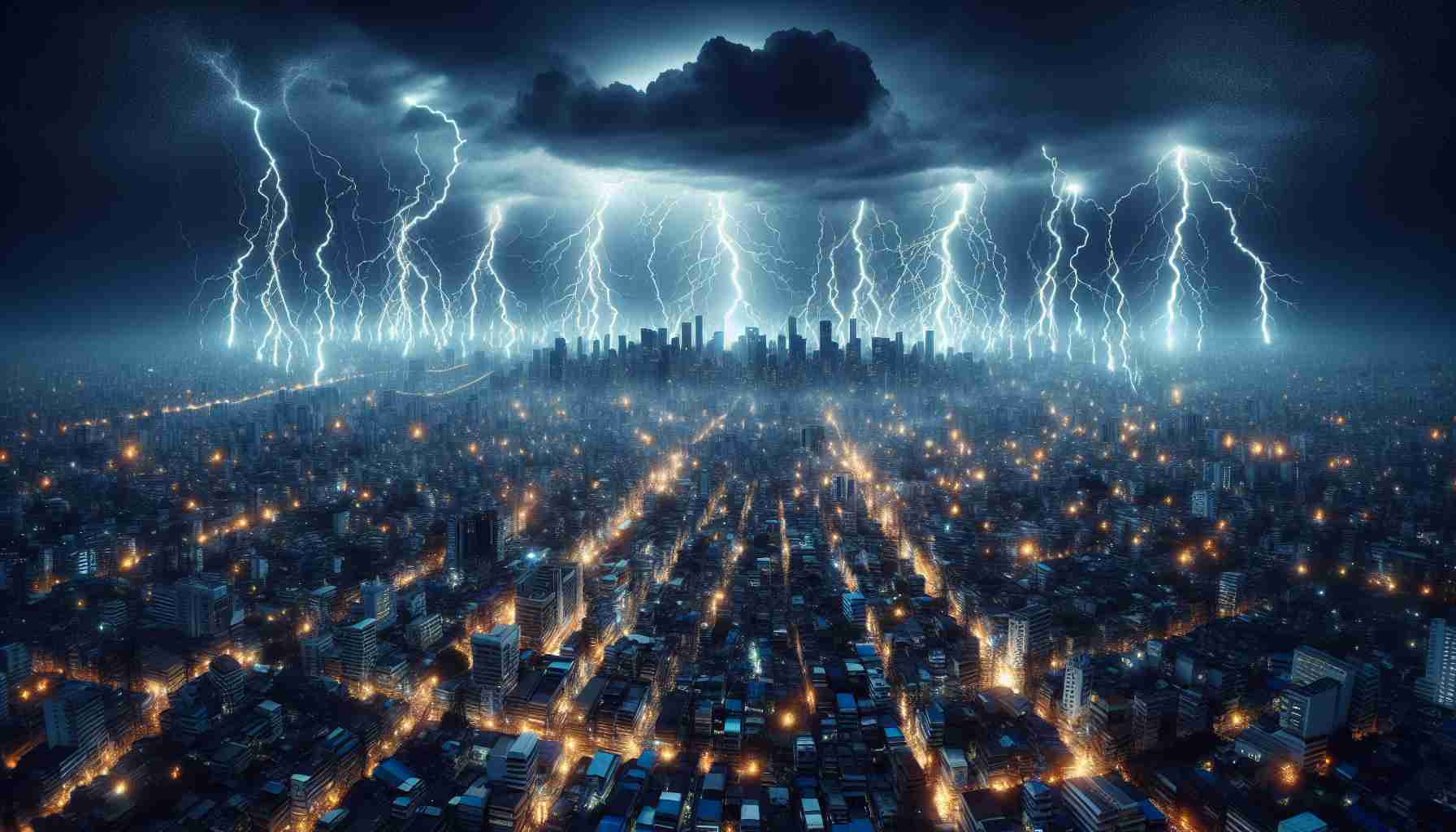- Lightning strikes caused substantial power outages affecting around 13,500 customers across multiple communities.
- AusNet responded promptly, deploying ground crews and helicopters to assess and address the damages.
- Storm-related challenges included downed power lines and damaged infrastructure in hard-hit areas like Wangaratta and Benalla.
- Residents were advised to stay informed through local alerts and prepare for potential future outages.
- This event underscores the unpredictability of severe weather and the necessity for preparedness at all times.
As fierce storms swept through the region, lightning unleashed its fury, plunging thousands into darkness over the weekend. AusNet quickly mobilized ground crews and even deployed two helicopters to survey the affected areas, namely Wangaratta and Benalla, where the storm wreaked havoc.
The powerful electric flashes were the primary culprits behind significant power outages, leaving approximately 13,500 customers in Benalla, Wodonga, Wangaratta, Myrtleford, and surrounding communities powerless. Residents were left grappling with unexpected disruptions as storm clouds billowed and thunder rumbled ominously overhead.
In response to the chaos, AusNet worked diligently to restore power, battling the aftermath of Mother Nature’s dramatic display. Images of stormy skies and downed lines paint a vivid picture of the challenges faced during this tumultuous weather event.
The takeaway? Stay informed during storms! Keep tabs on local alerts and prepare for potential outages, ensuring you have necessary supplies on hand. The wild weather may have passed, but it’s a reminder of the power of nature and the importance of readiness in the face of unexpected challenges. Stay safe out there!
Raging Storms: The Power of Nature Unleashed!
Lightning and Power Outages: A Weekend of Chaos
Recent storms in the region have not only tested the resilience of utility companies but also highlighted the critical need for preparedness among residents. During the weekend tempest, powerful lightning strikes led to widespread power outages that affected at least 13,500 customers in areas such as Benalla, Wodonga, Wangaratta, and Myrtleford. AusNet responded rapidly, deploying ground crews and helicopters to address the damage, signaling the seriousness of the event.
How Storms Impact Power Infrastructure
Market Analysis and Trends
The increasing frequency of severe weather events is prompting utility companies to enhance their infrastructure. As climate change escalates, the demand for reliable power restoration services is projected to grow. Experts forecast that utility providers will invest significantly in smart grid technologies and improved maintenance practices over the next decade to mitigate the impacts of severe weather.
Pros and Cons of Lightning and Storm Preparedness
Pros:
– Being prepared can minimize chaos during outages, allowing households to have sufficient supplies and alternative power sources.
– Communities that stay informed about local alerts often have quicker response plans in place, reducing recovery time.
Cons:
– Some residents may underestimate storm severity and fail to prepare effectively, leading to panic during outages.
– The cost of securing backup power systems (like generators) can be a financial burden for many households.
Safety Tips During Storms
1. Stay Informed: Keep battery-powered radios or provide mobile alerts to stay updated about weather changes.
2. Create an Emergency Kit: Ensure you have essential supplies including water, non-perishable food, and first-aid items.
3. Secure Outdoor Items: Strong winds can turn decorations and furniture into dangerous projectiles.
4. Establish a Communication Plan: This is crucial, especially for families or when caring for neighbors.
Frequently Asked Questions
1. What should I do if my power goes out during a storm?
First, report the outage to your utility provider. Review your emergency kit and use flashlights instead of candles to reduce fire risks. Avoid opening the fridge and freezer to keep food fresh longer.
2. How can I prepare my home for future storms?
Consider storm-proofing your home by inspecting and repairing roofs, securing windows with storm shutters, and ensuring trees around your property are trimmed to prevent branches from falling.
3. What are utility companies doing to improve resilience against storms?
Many are investing in smart grid technology that allows for real-time monitoring and quicker responses to outages. Additionally, utility providers are working on regular maintenance and upgrades to electrical systems to handle extreme events better.
Related Links
By staying informed and prepared, communities can better withstand the impacts of nature’s fury. Embrace readiness and safety!
